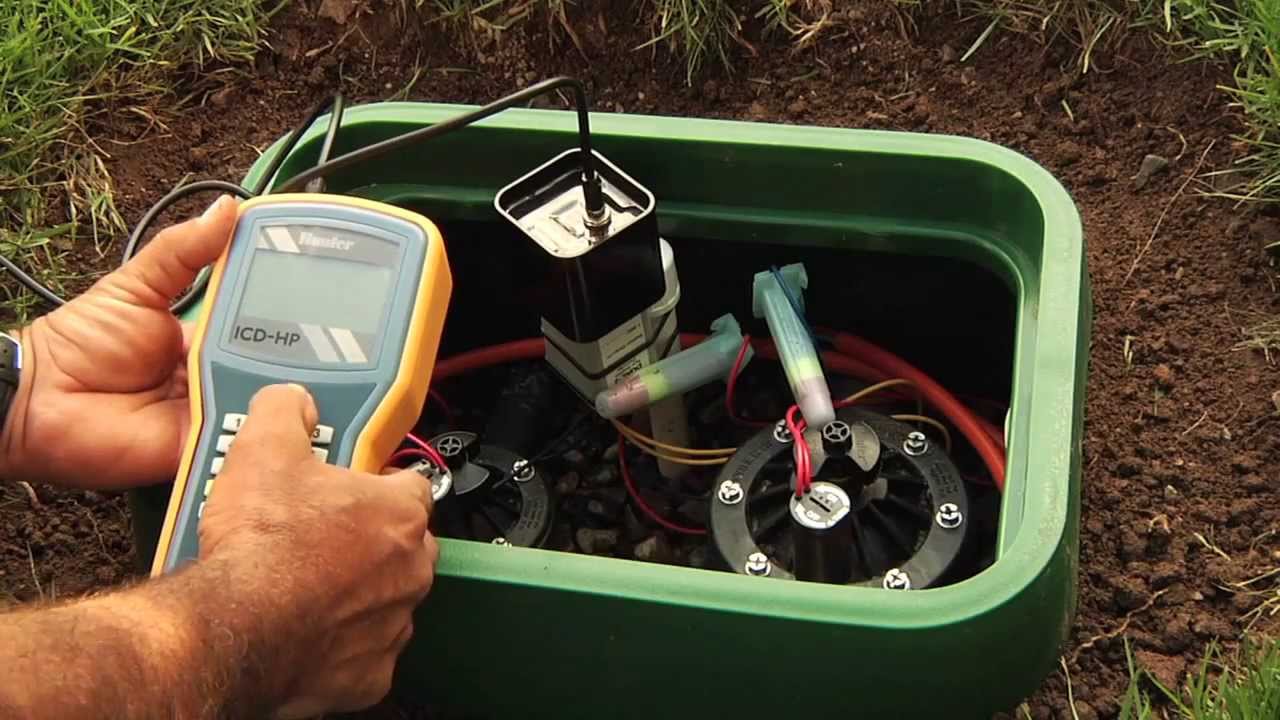A controller with many terminals includes the traditional route, and now it is the decoder irrigation system. On a water valve that is electrically-activated, each has a wire to an individual solenoid. A typical wire that completes the circuit is present. It goes back to the controller and daisy-chains to the other side of the solenoids. A 2-wire system depends on decoders that are pre-numbered. These are generally connected and linked to a solenoid valve along a common 2-wire path.
Pros of having a decoder irrigation system
- A multi-wire system’s cable faults are easy to diagnose. In general, the fault is limited to just one or two valves. It is not affected at all by the other valves. However, there is one exception. That’s if it was the ordinary wire that was removed. It will not be operational for all valves beyond the said cut.
- In a multi-wire system, there is also minimal fault finding equipment available. A low-cost digital multimeter might be appropriate.
- Cable tracing methods can locate missing valves in a multi-wire device. From the controller, there is a direct route that goes to the solenoid.
- The cabling cost is much more economical per foot than the multi-wire system for a 2-wire system. Even after factoring in the price of decoders, the actual project costs are still lower.
- A 2-wire device takes less time to install. The period that a multi-wire device is mounted may also be one-third. This leads to the reduction of overall costs as well.
- In a 2-wire device, damaged cables are easier and quicker to patch. It is better to rejoin two wires than to fix cable bundles.
- It just takes about half an hour to check out the whole cable system.
Cons of having a decoder irrigation system
- It is easy to understand a multi-wire decoder irrigation system. It suffers from significant drawbacks, despite its simplicity. One of which is the price of the cable. A cable can be very costly for a multi-wire system. Often the installation labor is not so affordable.
- Bundles of broken cables are not easy to repair. To tie the wires together, one needs proper skill and plenty of time. An inappropriate operation may undermine protections.
- In a multi-wire system, inserting new valves is not easy. For each new valve, one needs to route an additional cable. The wire has to go back to the controller right away.
- A special 14AWG cable is required for specific 2-wire systems. Any of these devices are vulnerable to ground leakage from 2-wire lines.
- In a 2-wire system, finding cable holes, shorts, and ground leakage can be problematic. A service engineer still wants a leakage current clamp meter. A fault-finding transformer is another crucial thing. With these two, diagnosing is simpler. A solenoid spare completes the package.
- It is not straightforward to locate missing valves in a 2-wire system. Some decoder systems block cable tracing past the decoder. In systems using DC on the solenoid, this has always been often true.

